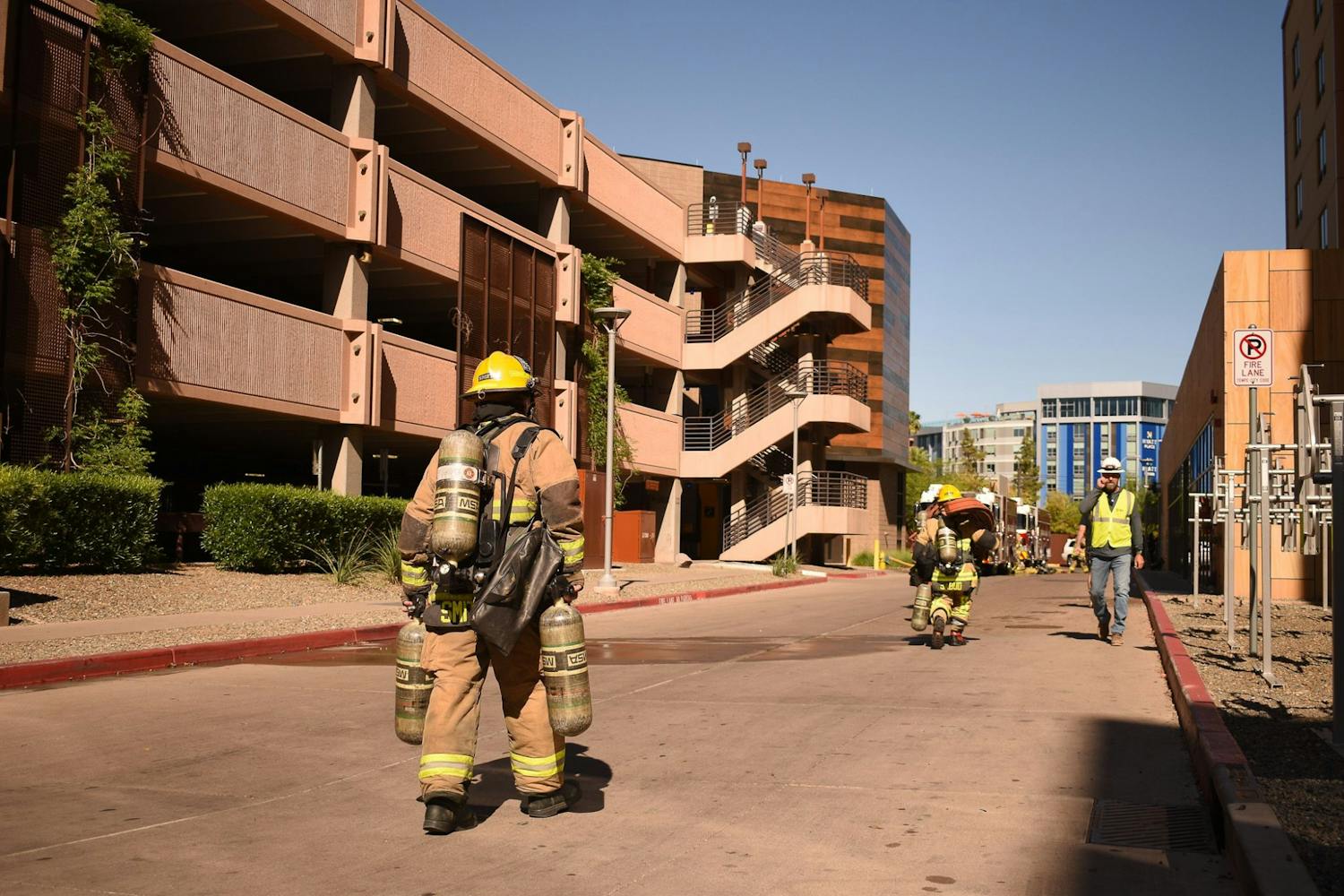The science and ethics of stem cell research has again become a topic of contention because of recent court proceedings, which may change how the research is federally funded.
Professor Jane Maienschein of ASU’s School of Life Sciences presented her views on balancing the need for research while respecting the moral issues surrounding embryonic stem cell science at the Sandra Day O’Connor College of Law Tuesday.
“I am in favor of doing the best possible science in an ethical, responsible way,” she said, which is a balance of attaining scientific knowledge and protecting the interests of the public.
The speech was centered on an Aug. 23 ruling by a U.S. District judge that federal funding on all research using cells derived from destroyed embryos violates federal law. The ruling relied on the Dickey-Wicker Amendment, which was enacted in 1996 and only allows a human embryo or human embryos previously destroyed to be used for federally funded research.
The ruling strikes down both President Barack Obama’s and former President George W. Bush’s stem cell policies, which both allowed for federal funding of stem cell research from embryos that were previously destroyed.
ASU law professor Gary Marchant said the ruling is a bizarre interpretation of research.
“I don’t think it was a well-advised opinion,” Marchant said, stating that the judge’s interpretation doesn’t take into account the separate processes that are being funded.
“There’s no question that human embryos are destroyed to create stem cell lines, but that is not the research that is being funded,” he said.
Stem cell lines are groups of cells which are derived from embryonic stem cells in a process called cell culture. Each time human embryonic stem cells are transferred to a laboratory culture dish, the original cells multiply and can yield millions of embryonic stem cells to be used in research, according to the National Institutes of Health website.
The destruction of embryos and the research of the cell lines taken from destroyed embryos are separate processes, Maienschein said.
“We don’t want to encourage the use of federal funding to destroy embryos,” she said. “But I think once embryos are already destroyed and will be discarded anyway that we can then do research on the cell lines that have come from the embryos.”
In her speech Tuesday, Maienschein stressed the issue should not be science versus ethics and law, but that in order to decide upon the best possible science that can be done, the legal and ethical issues must be understood.
Conversely, in order to talk about the legal and ethical context in a responsible way, it is necessary to understand what is going on at the scientific level, she said.
Maienschein said that science shows without question that embryos in the early stages are nothing more than “a bunch of cells in the Petri dish.”
“They aren’t a person and they aren’t differentiated,” she said. “We need to understand that.”
Jinny Perron, president of Arizona Right to Life, a nonprofit, pro-life organization in Arizona, said the organization is happy the judge has put a stop to the federal funding because it is opposed to the destruction of life.
“The end does not justify the means in any regard at all,” Perron said regarding the destruction of embryonic stem cells in order to conduct research.
It’s not a balance of science versus ethics, Maienschein said, but rather a balance of the best science and the best ethics, which is a different kind of debate.
“If we can do research on them, and they were going to be thrown away anyway, and we can help lots of people, then there’s not a good reason not to,” she said.
On Wednensday, the defendants in the case, including the U.S. Health and Human Services Department and the National Institutes of Health, filed an emergency motion to temporarily stop the ruling pending an appeal in order to ensure funds are not cut from ongoing medical research.
On Thursday, the U.S. Court of Appeals for the District of Columbia Circuit granted a temporary hold on the ruling in order to consider the merits of the defendants’ motion, according to the U.S. Court of Appeals’ website.
Reach the reporter at anatwood@asu.edu



